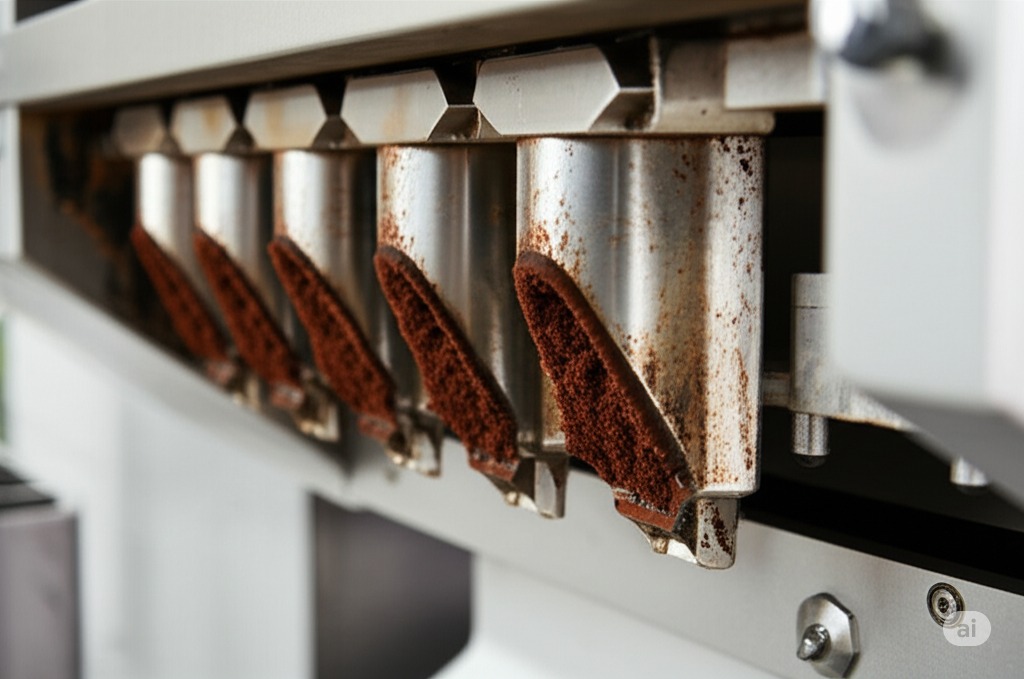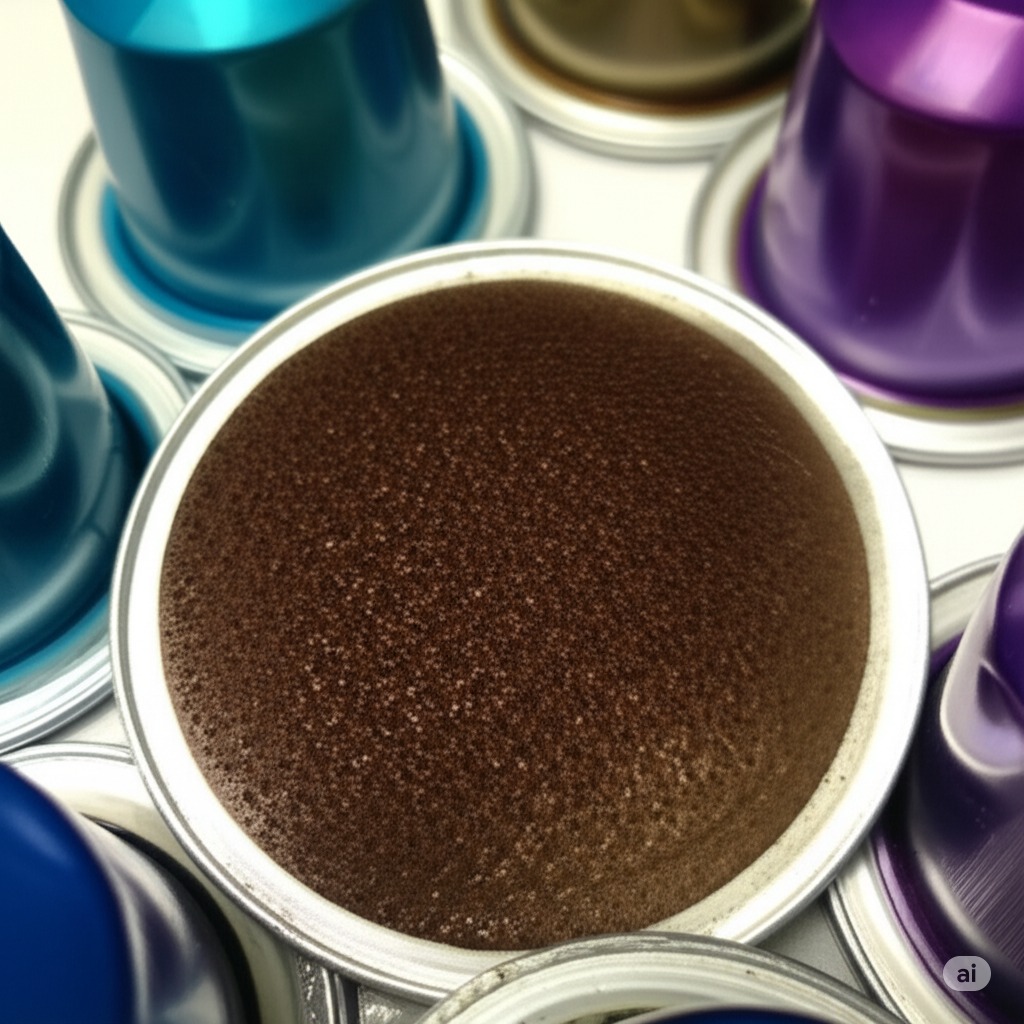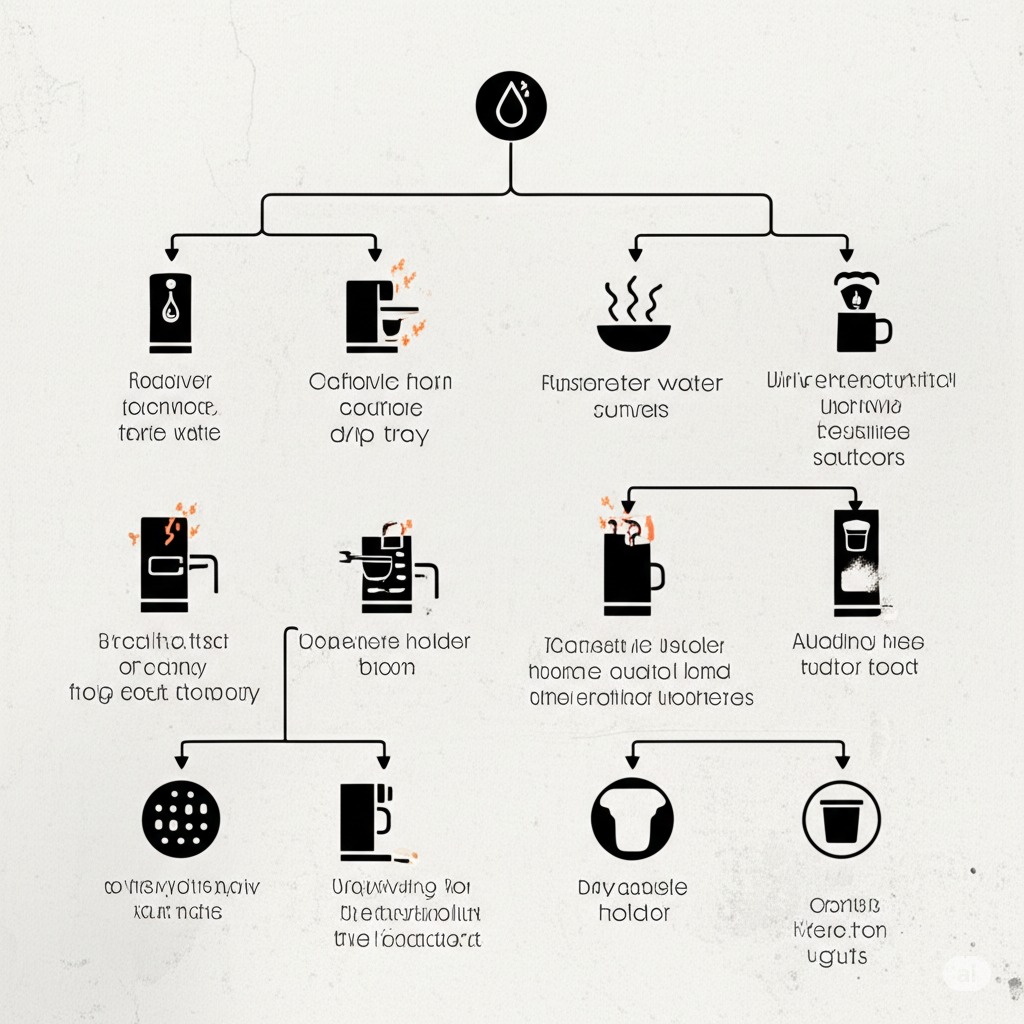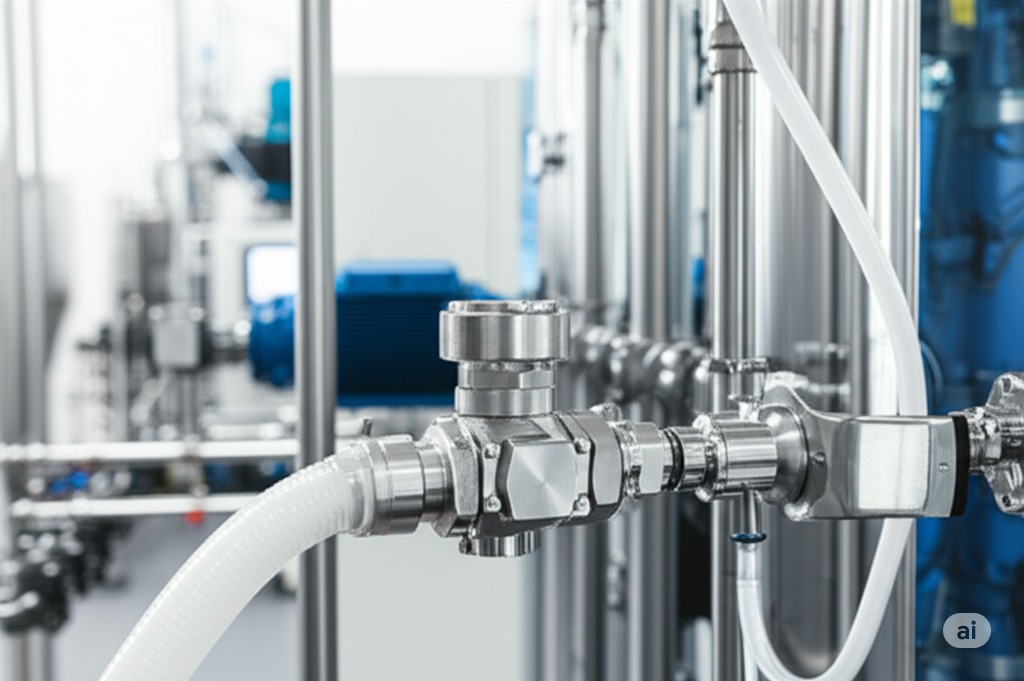Is it Really Essential to Thoroughly Clean Your Coffee Capsule Filling and Sealing Machine After Every Run?
You've just finished a production run with your coffee capsule filling machinestroj na plnění kávových kapslí. The temptation to skip cleaning is strong, especially when deadlines loom. But neglecting this crucial step could lead to costly contamination issues.
Yes, thoroughly cleaning your coffee capsule filling and sealing machine after every run is essential. Regular cleaning prevents cross-contamination between different coffee varieties, maintains product quality, prevents buildup that can damage machine parts, and ensures compliance with food safety regulations.

I learned this lesson the hard way. Years ago, when I was just starting out, I thought I could save time by skipping cleanings between similar coffee varieties. The result? Contaminated products and unhappy customers. Now I know better, and I want to share why thorough cleaning is non-negotiable.
Why Is Regular Cleaning So Important for Coffee Capsule Machines?
The aroma of freshly ground coffee is delightful, but when residue builds up in your filling machine, it becomes a breeding ground for bacteria. Without proper cleaning, you risk contaminating entire batches of product.
Regular cleaning prevents cross-contamination between different coffee varieties, ensures consistent flavor profiles, and maintains the overall quality of your final product. The oils in coffee can quickly become rancid if left in the machine, leading to off-flavors in subsequent batches.

When I first started manufacturing coffee capsules, I underestimated how quickly coffee oils could build up in the machine's components. Coffee contains natural oils that, while contributing to its wonderful flavor profile, can become sticky residues that trap particles and degrade over time. These residues collect in the dosing chambers, filling nozzles, and transport systems.
I've found that even running similar products (like medium and dark roast coffees) without cleaning between batches can result in flavor transfer. The more exotic or flavored coffees like vanilla or hazelnut are particularly problematic - their distinctive aromas can linger in the machine and affect subsequent unflavored products in ways that customers definitely notice.
Regular cleaning also prevents the buildup of coffee dust, which can interfere with the precision of your dosing system. Remember, coffee capsules typically contain a precise amount of product (usually between 5-7 grams), and even small variations can affect brewing quality. A clean machine maintains accurate dosing parameters and ensures consistent product quality.
What Happens If You Skip Cleaning Your Coffee Capsule Machine?
I once rushed a production schedule and skipped thorough cleaning between batches. Soon after, customer complaints rolled in about off-flavors and inconsistent quality. The cost of product recalls and damaged reputation far exceeded the time saved.
Skipping proper cleaning leads to cross-contamination between different coffee varieties, buildup of rancid coffee oils that taint future batches, and potential bacterial growth that poses food safety risks. Additionally, coffee residue can harden and damage vital machine components.

The consequences of neglecting proper cleaning procedures extend far beyond simple flavor issues. Coffee residues contain natural sugars and oils that create perfect environments for microbial growth when left undisturbed. This becomes particularly concerning in high-humidity environments or during warmer months.
I've witnessed how quickly mechanical issues can develop from inadequate cleaning. Coffee particles are surprisingly abrasive when dried, and they can accelerate wear on precision components like filling nozzles, sealing dies, and transport mechanisms. One of my clients once had to replace an entire dosing system because hardened coffee residue had damaged the cylinder walls and pistons, causing inaccurate fills and leakage.
There's also the regulatory aspect to consider. Food safety inspectors take cleaning protocols very seriously, and documentation of your cleaning procedures is often required during audits. I've seen production facilities face significant fines and even temporary shutdowns due to inadequate cleaning records or procedures. The coffee industry, like all food production, is subject to strict regulations regarding cross-contamination and sanitation.
Remember that coffee capsules are essentially sealed food products with extended shelf lives. Any contamination sealed inside those capsules has time to develop and potentially cause issues before the consumer uses the product. This makes thorough cleaning between production runs not just good practice but essential for consumer safety.
What's the Most Efficient Cleaning Protocol for Coffee Capsule Machines?
After a long production day, the last thing I wanted was to spend hours cleaning. But I learned that having a systematic approach saves time while ensuring thorough cleaning. Without it, I was missing critical areas.
An efficient cleaning protocol involves a daily quick clean between product changes, a more thorough end-of-day cleaning, and weekly deep cleaning. Use food-grade cleaning agents, disassemble critical components for thorough cleaning, and document all cleaning procedures for quality assurance.

Based on my years of experience running coffee capsule filling operations, I've developed a three-tiered cleaning approach that balances efficiency with thoroughness. This system has significantly reduced our downtime while maintaining excellent product quality and machine performance.
For quick cleaning between product changes (especially when switching between different coffee varieties), we focus on the product contact paths. This means purging the system with air to remove loose coffee grounds, then running a small amount of the new product through the system and discarding it to eliminate cross-contamination. This takes about 15-20 minutes but prevents flavor transfer issues.
End-of-day cleaning is more comprehensive and involves using appropriate food-grade cleaning solutions. We disassemble filling nozzles, dosing chambers, and sealing dies to remove all coffee residue. Special attention goes to gaskets, O-rings, and other small components where coffee particles tend to accumulate. This typically takes 45-60 minutes but is essential for preventing overnight buildup.
Weekly deep cleaning involves complete disassembly of all product contact parts, ultrasonic cleaning of smaller components, and inspection of all seals and moving parts for signs of wear. This is also when we calibrate the dosing system to ensure continued accuracy. I've found this preventive approach reduces emergency maintenance by nearly 80%.
I also recommend creating detailed cleaning logs that track who performed each cleaning, when it was done, and any issues discovered during the process. These records not only help with regulatory compliance but also create accountability and help identify potential problems before they affect production.
How Can Automated Cleaning Systems Improve Efficiency?
Manual cleaning of coffee capsule machines was consuming hours of our production time. I needed a better solution that wouldn't compromise on cleanliness but would reduce downtime and labor costs.
Automated Clean-in-Place (CIP) systems can significantly reduce cleaning time while ensuring thorough sanitation. These systems circulate cleaning solutions through the machine's product path automatically, reaching areas that might be difficult to clean manually and reducing labor costs.

Investing in automated cleaning technology was one of the best decisions I made for our coffee capsule production line. Modern CIP systems designed specifically for coffee applications use specialized cleaning solutions that effectively dissolve coffee oils without leaving chemical residues that could affect product taste.
The most effective automated systems I've implemented follow a multi-stage cleaning process: first, a pre-rinse with warm water to remove loose particles; second, a circulation of alkaline detergent solution to break down oils and proteins; third, an acid-based solution to remove mineral deposits from water; and finally, a thorough rinse with purified water. This comprehensive approach ensures that all potential contaminants are addressed.
Beyond the obvious time savings, automated cleaning systems provide consistency that's difficult to achieve with manual cleaning. Each cleaning cycle follows the exact same procedure with precisely controlled temperatures, pressures, and cleaning times. This eliminates the variability that comes with different operators performing manual cleaning.
Modern CIP systems also incorporate validation features that confirm whether cleaning was successful. These can include conductivity meters that measure residual detergent, flow sensors that ensure proper circulation, and temperature monitors that verify solutions reached the required temperatures for effective sanitization. This documentation is invaluable for quality assurance and regulatory compliance.
While the initial investment in automated cleaning technology is significant, I've calculated our return on investment at just under 18 months when considering labor savings, reduced downtime, extended machine life, and improved product quality. For operations producing more than 5,000 capsules per day, automated cleaning quickly becomes not just a convenience but a financial necessity.
Závěr
Thorough cleaning of your coffee capsule filling and sealing machine after every run isn't just good practice—it's essential for product quality, machine longevity, and regulatory compliance. The time you invest in proper cleaning protocols will pay dividends in consistent quality and customer satisfaction.
